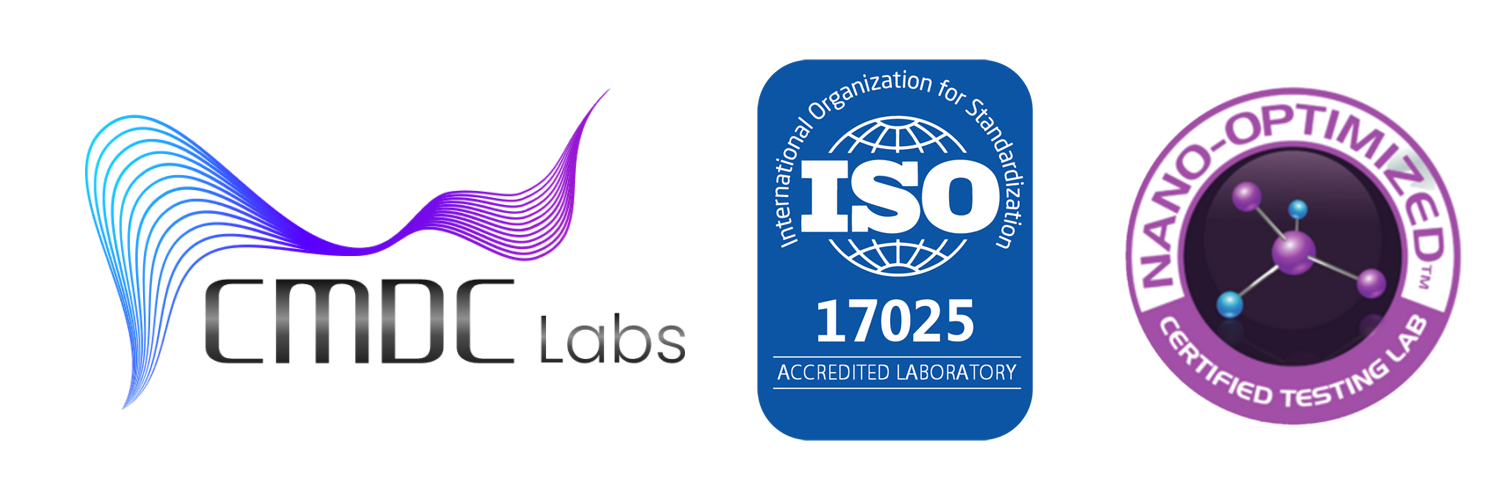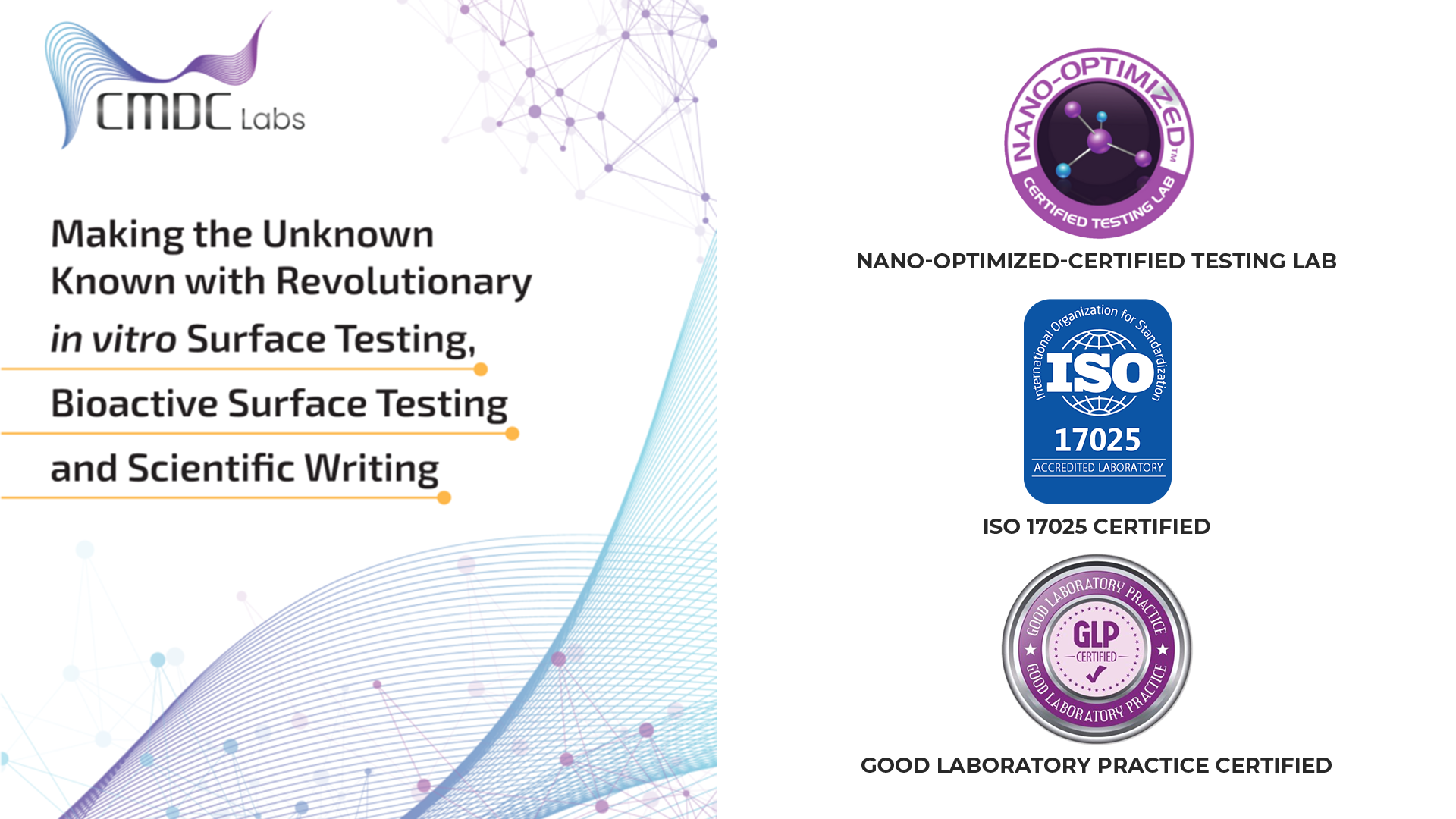Biocompatibility and Sterility Testing
Ensuring Quality Sterility and biocompatibilty testing
Welcome to CMDC Biocompatibility and Sterility Testing
If you’re involved in the manufacturing of medical devices, you’re likely familiar with the critical process of bioburden testing. After completing all necessary procedures before sterilization, it’s imperative to undergo this test to ensure compliance with the FDA’s stringent regulations for medical device testing.
At CMDC Labs, we understand that the safety of end-users is the foremost concern for medical device manufacturers. Your business and, more importantly, patient safety can be jeopardized by sterility failures, regulatory issues (such as 483s), and contaminated raw materials. Utilizing a qualified microbiological testing facility is a straightforward way to mitigate these risks.
Bioburden Test Results Can Be Utilized To:
- Demonstrate microbiological quality control of the production process (ISO 11737) through regular monitoring and trend analysis.
- Calculate radiation exposure for the final product (ISO 11137).
- Investigate the root causes of deviations from standard production, especially in cases of contamination (Alert and Action levels).
- Ensure the microbiological safety of raw materials and final products for non-sterile goods (USP61).
- Develop techniques for eliminating specific unwanted microbes, providing comprehensive and reliable test findings by identifying the presence or absence of specific microorganisms, in addition to total viable counts (USP62; USP60).

Why Choose CMDC Labs for Bioburden Testing?
We are here to alleviate the challenges associated with regulatory compliance through comprehensive bioburden testing. Don’t let the performance of your medical equipment decline. Rely on our team of skilled and experienced microbiologists to provide the testing services you need.
Bioburden Testing of Medical Devices
Bioburden testing determines the presence of microorganisms on a medical device. The process involves two essential steps: a suitability examination followed by the actual test. The goal of the bioburden appropriateness test, also known as method validation, is to ensure the effectiveness of the bioburden test technique in eliminating microorganisms from the device. It also demonstrates that the test method supports the device’s microbial development.
During method validation, a known low concentration of bacteria is placed on a sterile device and removed using the same procedure that will be used for the actual bioburden test. The percentage of microbes that cannot be eliminated from the device is calculated using a recovery factor based on technique validation results.
After a successful technique validation, the device undergoes bioburden testing to establish its microbiological load. This information is frequently crucial for sterilization validations, determining the necessary sterilization dose for a specific device. Additionally, quarterly bioburden monitoring is conducted as part of quality control to track changes in the microbial load on a device.
Sterility Testing of Medical Devices
Sterility testing is a critical process to ensure that medical devices are truly sterile and do not release substances that can inhibit or kill microbial growth. Similar to bioburden testing, sterility testing includes a suitability test known as bacteriostasis and fungistasis testing (B&F). This test determines whether a device prevents the growth of bacteria or fungi, which could lead to false negatives during sterility testing.
To conduct the B&F test, the device is introduced into media and injected with less than 100CFU of each of three separate organisms. Sterility testing is often performed using SCDM (Soybean-Casein Digest Medium) and requires an incubation period of 14 days. If the media becomes turbid during this period, the sample fails the sterility test.
Contact us today for expedited timelines, reduced costs and expert support from research to rollout.

